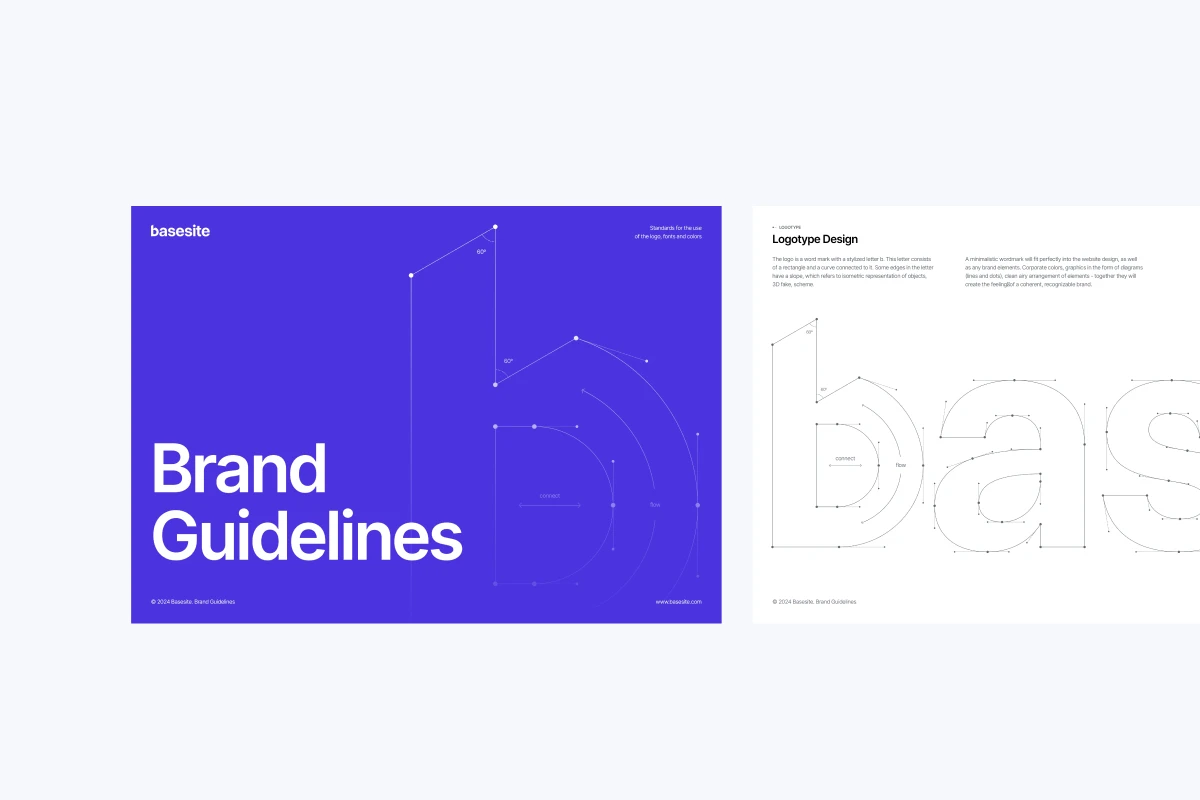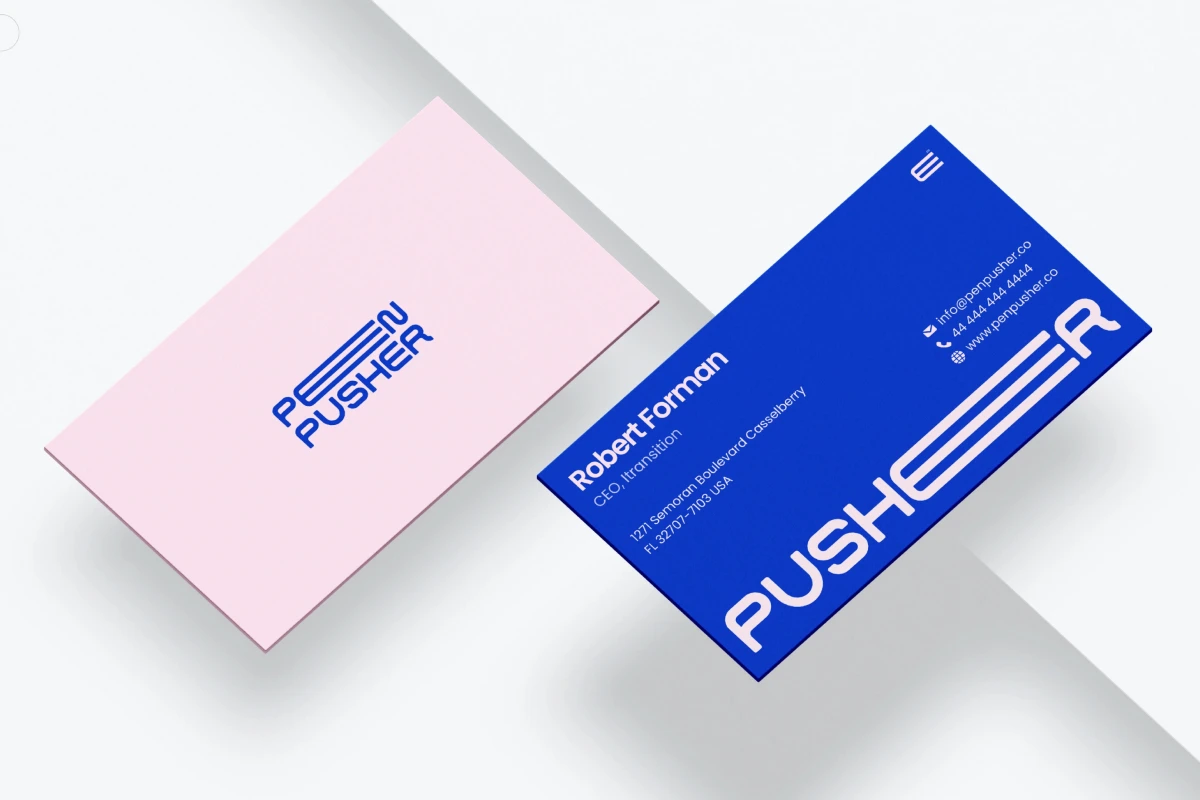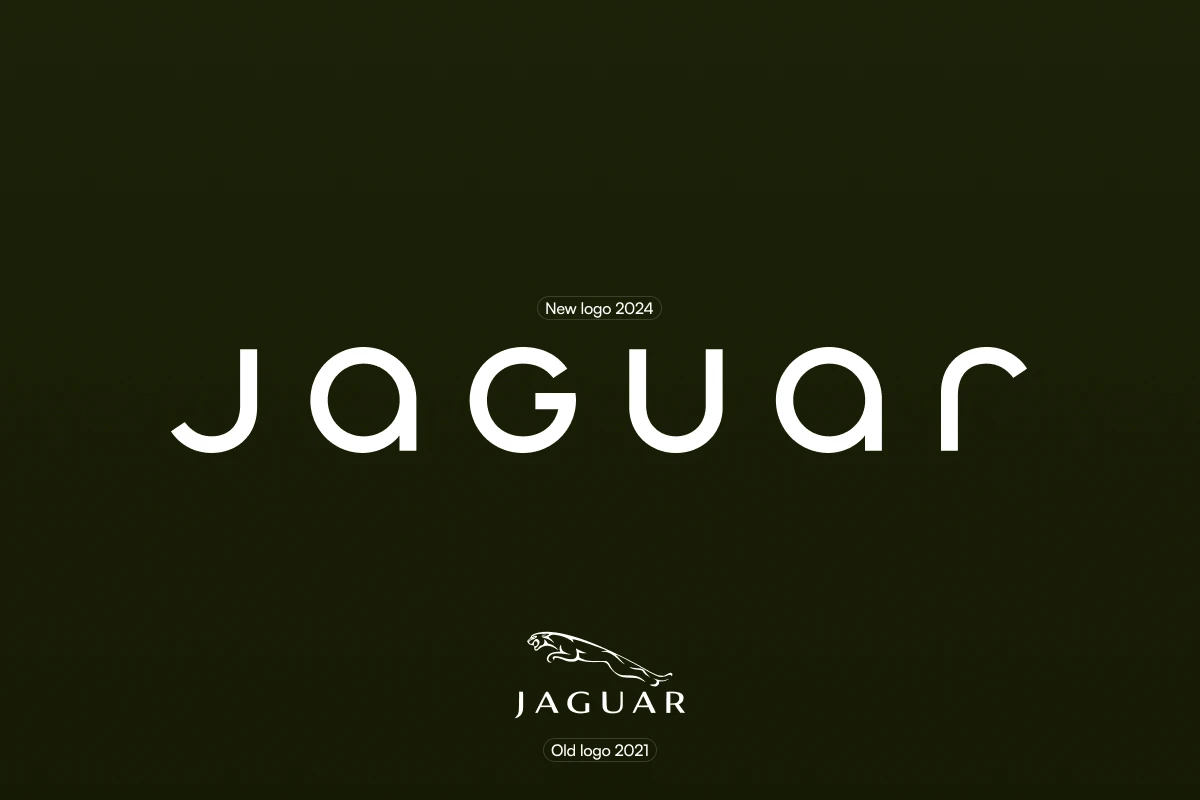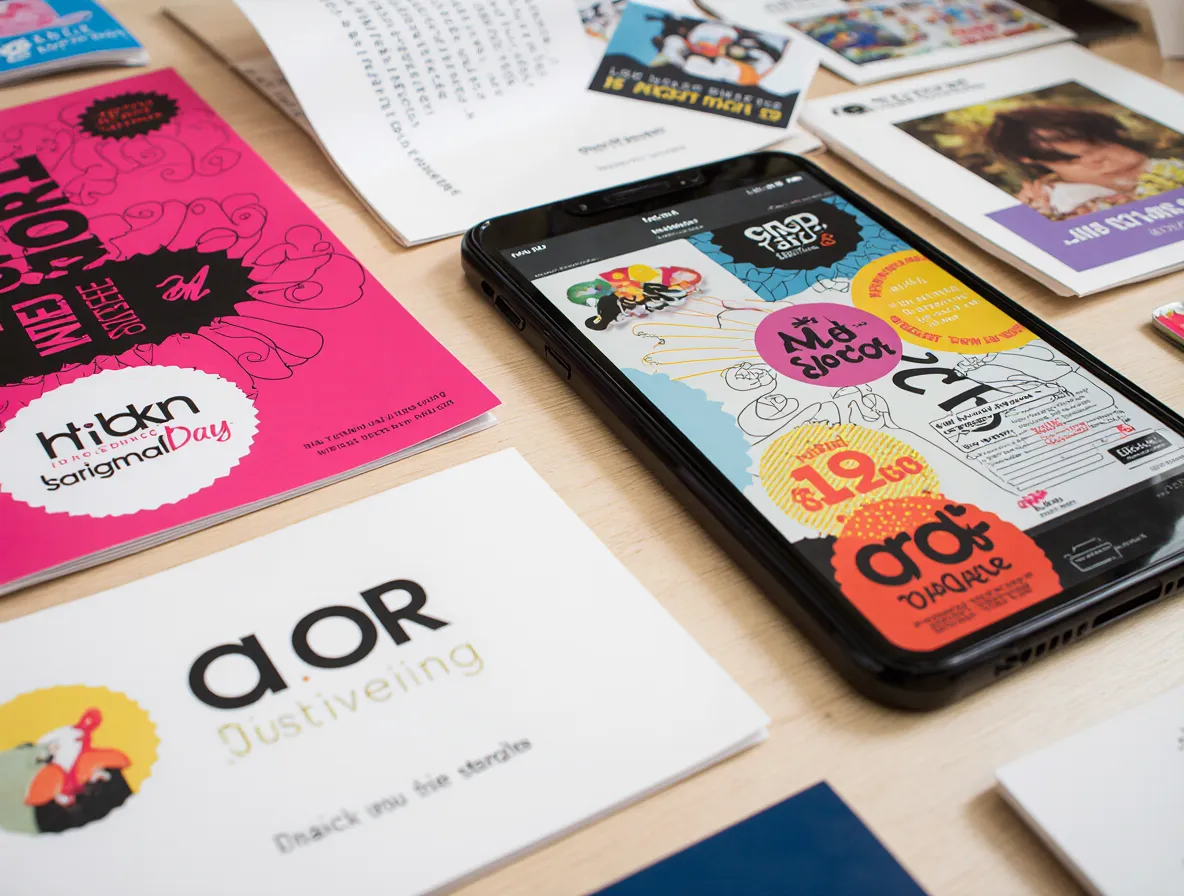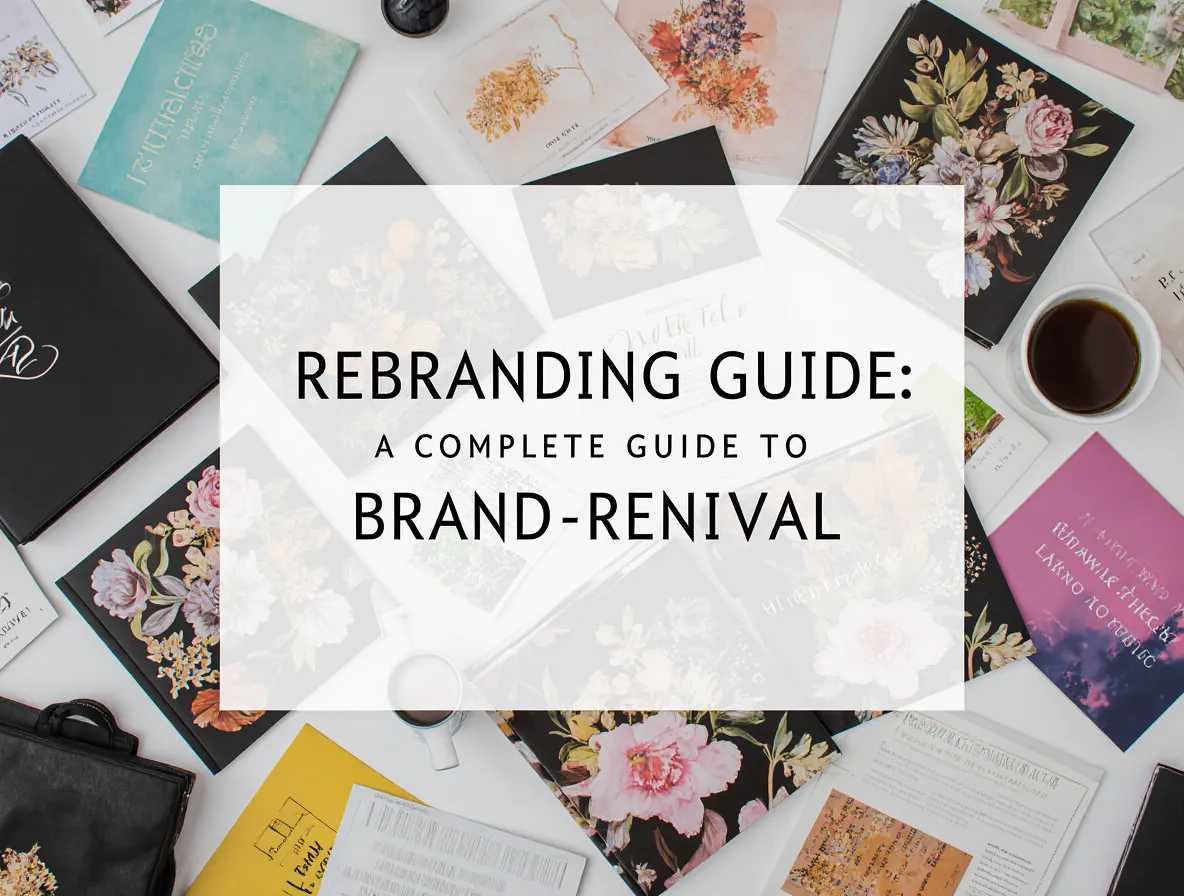A strong brand goes far beyond a catchy brand name or a nice logo. It’s a full system — a blend of visual elements, values, and communication that helps people recognize, trust, and remember your business. The best brands feel like people: they have a story, a voice, a look, and a purpose.
In a crowded market, this system isn’t optional. It’s how businesses of all sizes connect with the right target audience, stay relevant, and grow with purpose.
So what makes a brand strong?
The answer lies in understanding the core elements of branding. Each part supports the next — and when all the brand elements work together, they create clarity, consistency, and long-term value.
Let’s break down the essential components of branding used by successful companies around the world.

1. Brand Purpose
Every strong brand starts with a reason to exist. The brand purpose explains why you’re in business — beyond just selling products or making profit.
It’s not a tagline or marketing trick. It’s the foundation of your brand’s meaning.
Take Patagonia, for example. Their purpose is to protect the planet, and every action they take — from production to activism — supports that idea. Tesla’s purpose is to speed up the shift to clean energy. That vision drives everything they do.
People are drawn to brands with a clear mission. It builds trust and emotional connection.
To define your purpose, go deeper than “we want to be the best” or “we make quality goods.” You need to think long-term.
💡 3 Key Questions to Help Define Your Brand Purpose:
• What real change do you want to make?
• Why did you start this business in the first place?
• If your brand disappeared tomorrow — what would people miss?
Your answers shape the rest of your brand messaging, from your mission statement to how you speak with customers.
2. Brand Vision & Values
While the purpose is your “why,” your brand vision is the “where.” It’s the future your brand wants to build. Your values guide how you’ll get there.
These are not just words for a company page. They are active branding components that influence real decisions: who you hire, how you speak, what you prioritize.
Here’s how they connect:
- Purpose = why you exist
- Vision = what you’re working toward
- Values = what matters as you grow
If honesty is one of your values, it should show in your pricing, support, and even packaging. If creativity matters, your visual identity should reflect that through bold design and flexible messaging.
These are also critical corporate identity elements that affect both how employees feel and how customers engage with your brand.
3. Brand Identity
One of the most visible brand identity elements is the way your brand looks. This includes your:
- Logo: A symbol that reflects your values
- Color palette: Colors that spark emotion and recognition
- Typography: Fonts that express tone and character
These are the core components of brand identity, and together with layout, photography, and iconography, they create a complete brand identity design elements system.
🎨 Infographic: Core Brand Identity Elements
(Insert: visual showing logo, color palette, typography, imagery)
Consistency across all touchpoints is key. Whether someone sees your social media, website, or packaging — everything should feel connected. That’s why strong brand guidelines matter. They help keep the design language clear and unified.
Without alignment between your message and visuals, even the best branding falls apart.
4. Brand Voice & Tone
Your brand doesn’t just look a certain way — it also sounds a certain way. Your brand voice is the way your company “speaks” in text, audio, and conversations.
Some brands sound bold and inspiring. Others are quirky and casual. Your tone may shift slightly depending on context, but your voice should stay consistent.
This voice becomes part of your brand personality. It’s one of the key components of branding people remember, especially online. A consistent tone across channels — from your website to your support emails — builds trust and familiarity.
5. Target Audience
You can’t connect with everyone. The strongest brands know exactly who they’re talking to.
Understanding your target audience is one of the most important brand components in any strategy. It shapes your design, your ads, and your message.
📌 Tips Block: What to Include in Your Ideal Customer Profile
• Age, job, and lifestyle
• Motivations and values
• Pain points and buying habits
• Emotional triggers that influence trust
Skipping this part means wasting time and money on the wrong message. A clear customer profile keeps your brand messaging focused — and helps you stand out from generic competitors.
6. Brand Positioning
Positioning defines how your brand fits in the market — and what makes it different.
It’s not about claiming to be the best. It’s about owning a unique space — and defining the elements of a brand that make you different. That space might be based on quality, simplicity, ethics, speed, or innovation.
Your positioning is influenced by your mission statement, audience needs, and what your competitors offer. It’s one of the core brand strategy components because it shapes everything: from product to pricing to story.
Tools like positioning maps or a “USP vs. Brand Promise” exercise help define:
- Your unique advantage
- What your audience expects from you
Clear positioning makes it easier for people to choose you — and remember you.

7. Brand Story
People don’t remember data. They remember stories.
Your brand story is how you turn your business into something personal. It explains the challenges you faced, how you overcame them, and how you now help others.
Think of it as a journey:
- A challenge or conflict
- A transformation or lesson
- A mission that continues
This narrative creates emotional weight. It builds trust. It turns your brand into something customers want to be part of.
When written with honesty, your story becomes one of the most powerful parts of brand identity.
8. Brand Experience
Every interaction someone has with your brand shapes how they feel about it. That’s what we call brand experience — and it goes way beyond visuals.
From website design to delivery packaging to support emails — every touchpoint either adds to or takes away from your brand.
Checklist to Evaluate Your Brand Experience
• Are all channels visually consistent?
• Does the tone match your personality?
• Is every interaction easy, respectful, and smooth?
Great experiences are part of strong elements of brand identity. They connect the emotional side of branding with real-life use and boost brand value. And in most cases, people remember how your brand made them feel more than what it said.
9. Brand Consistency
You can have the best ideas — but if they’re not consistent, they won’t stick.
Consistency is what ties all the elements of branding together. It turns your look, voice, and strategy into one clear system. That’s where things like brand guidelines and key components of brand architecture come in.
Your team needs clear rules on how to use your logo, color palette, typography, and messaging — across every platform and product.
So, what are the elements of a brand, and what is the central role of brand identity items?
To keep everything working together. To create harmony and recognition. And to help you grow without losing clarity or meaning.
Conclusion
Great branding is built on structure. Not just design — but strategy, voice, visuals, and values. Each piece matters.
When you align your branding elements with your message, and connect your corporate identity elements to real goals, the result is more than a business. It’s a memorable brand people trust and remember.
If you're ready to shape a brand that works in the real world — our team can help. Let’s build something that speaks for itself.





